Thevar
A thevar has arrived! It brings a letter from the Verdant waters tribe, we shall meet them before this month's end to talk about the Ilro life celebration. Shall I send a letter back to them?
Thevar are a species of small frugivore bird with vibrant colours that live in the Mebe Jungle on the south of Emea. Because of their great memory and velocity, they are used by the Asheks as messenger birds.
Basic Information
Anatomy
The thevar is a small bird with sexual dimorphism between the male and the female.
The male's body is a gradient of vibrant red which fades to pale red. It has a black beak and black legs as well as a black circle surrounding their eyes, which are usually black or dark brown. Its primaries, secundaries, primary covets and alula feathers are yellow with a big black line in the middle, leaving only the outline of the feathers yellow. The rest of the feathers are orange with a big black line.
The female's body is a gradient of a desaturated red to light brown and has brown beak and legs. Its wings are dirty white with a brown line in the middle.
Young thevars look like females until they reach adultness.
Genetics and Reproduction
When the time has come, males will molt so its plumage is at its best colours, and females will choose a male based on how vibrant their colours are. The female then is fertilized by the male and will lay 2 to 6 eggs. These eggs will be incubated by the female while the male will gather food for the female, during 2 or 3 weeks.

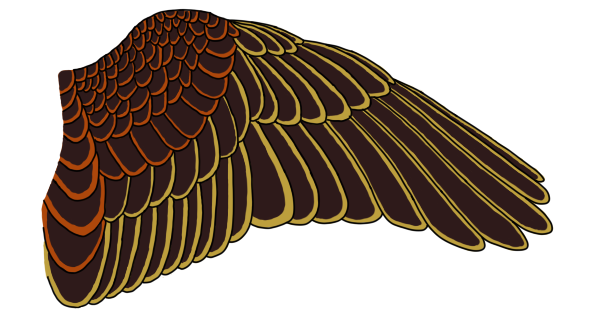

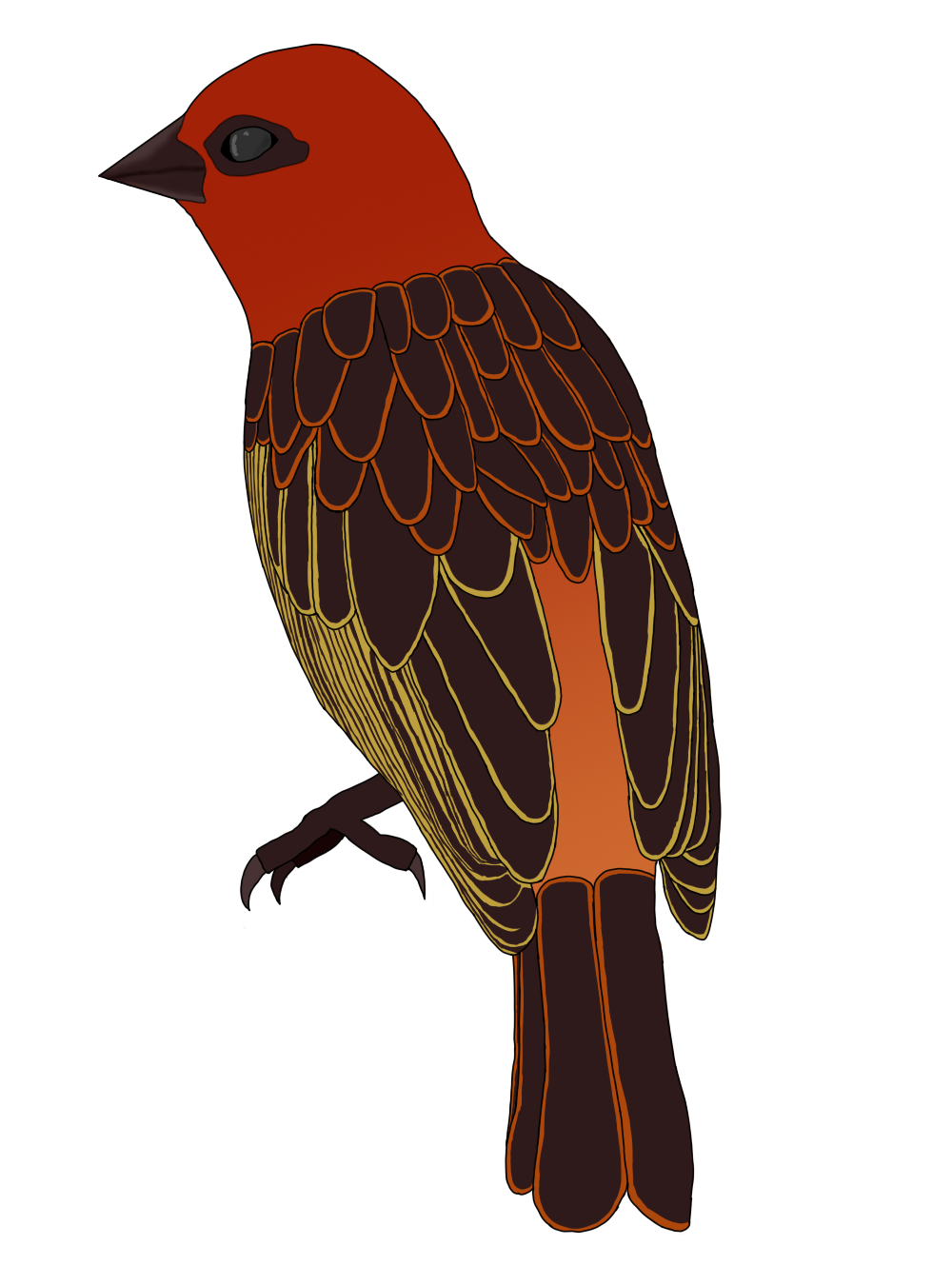
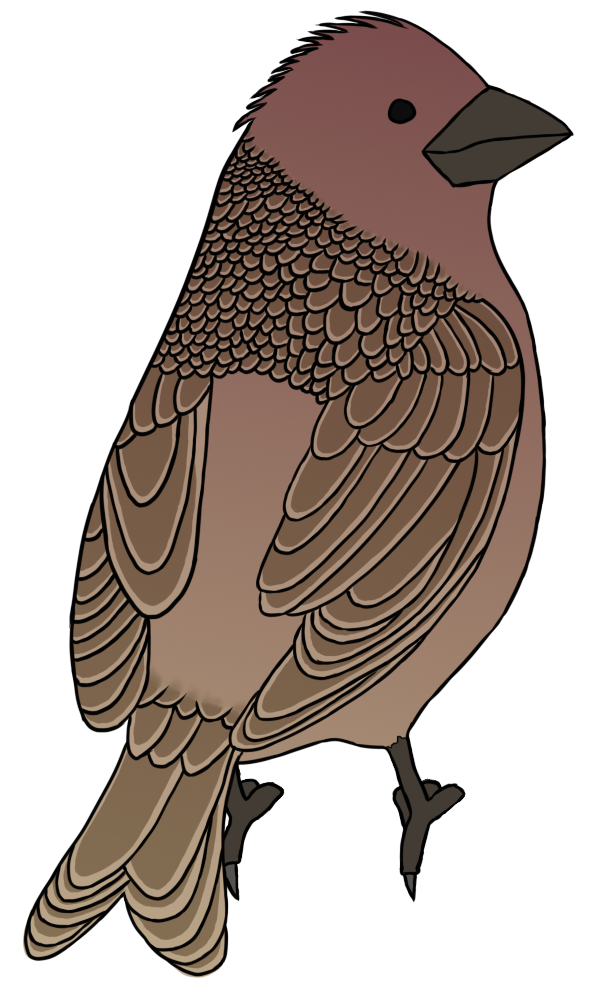


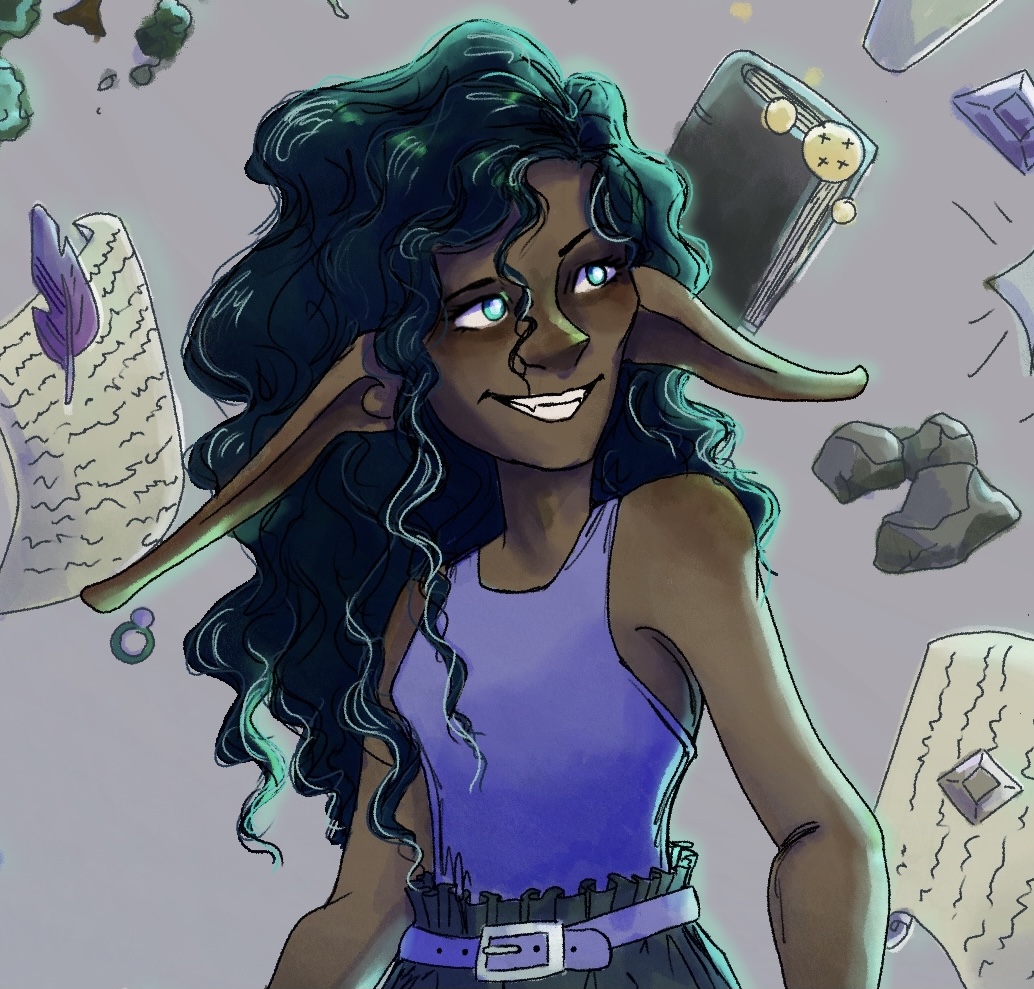
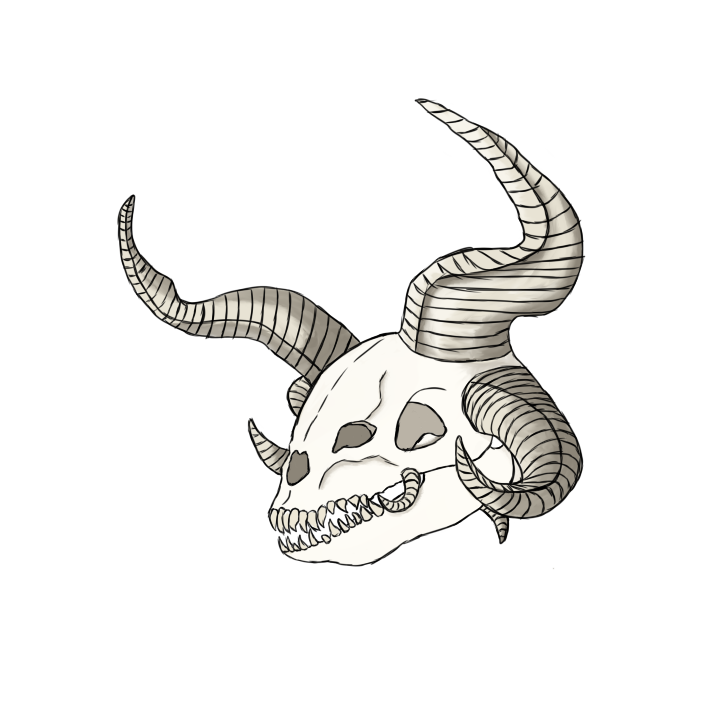


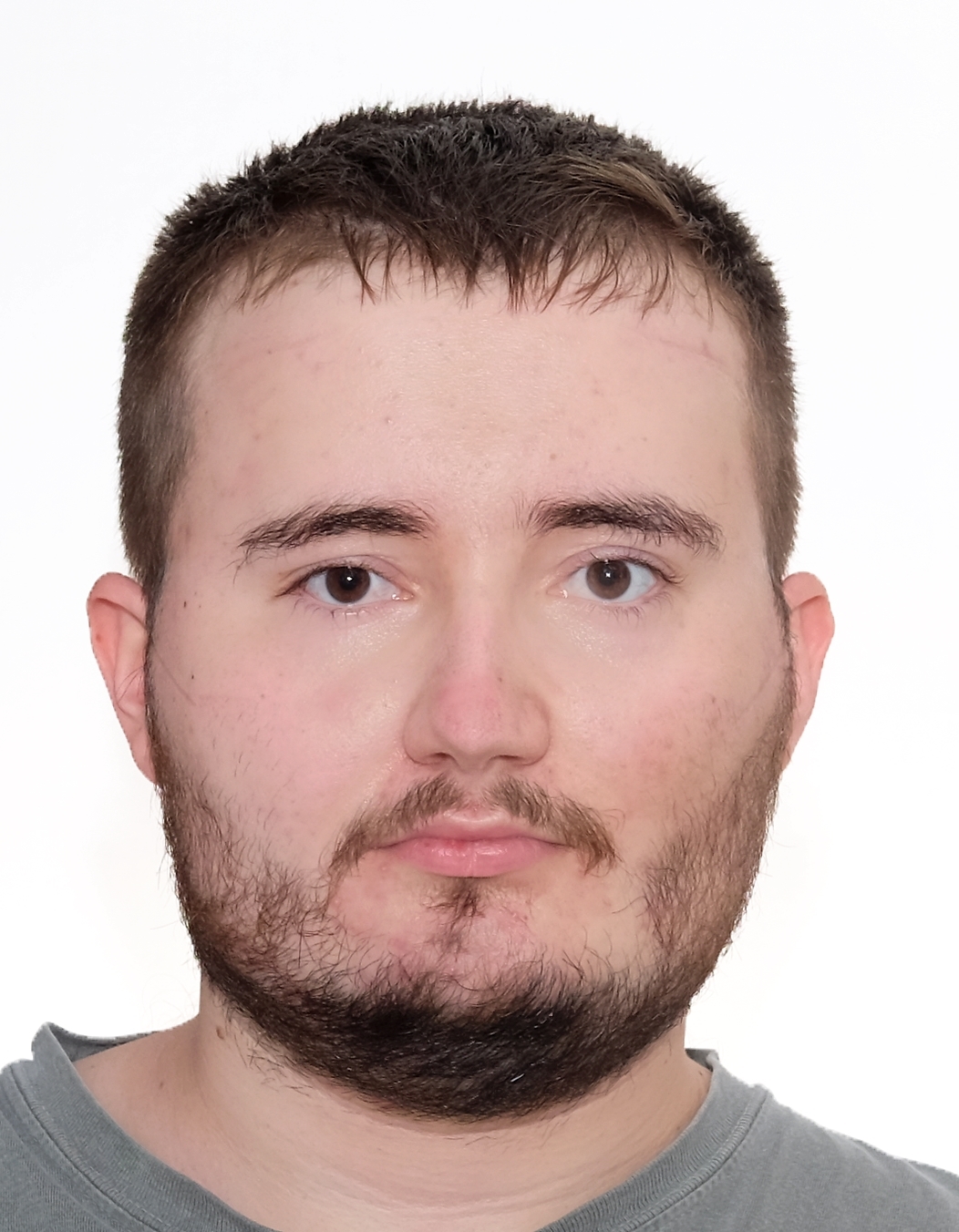



Awesome details, very nicely formatted :D Cool little birb friends! Can I have one?
Creator of Araea, Megacorpolis, and many others.
Thank you! You can have one of course! ;D
Cool reads: Reaching the Meeraz | University of Delavar | Meeraz Morrow | Catoblepon's rambles